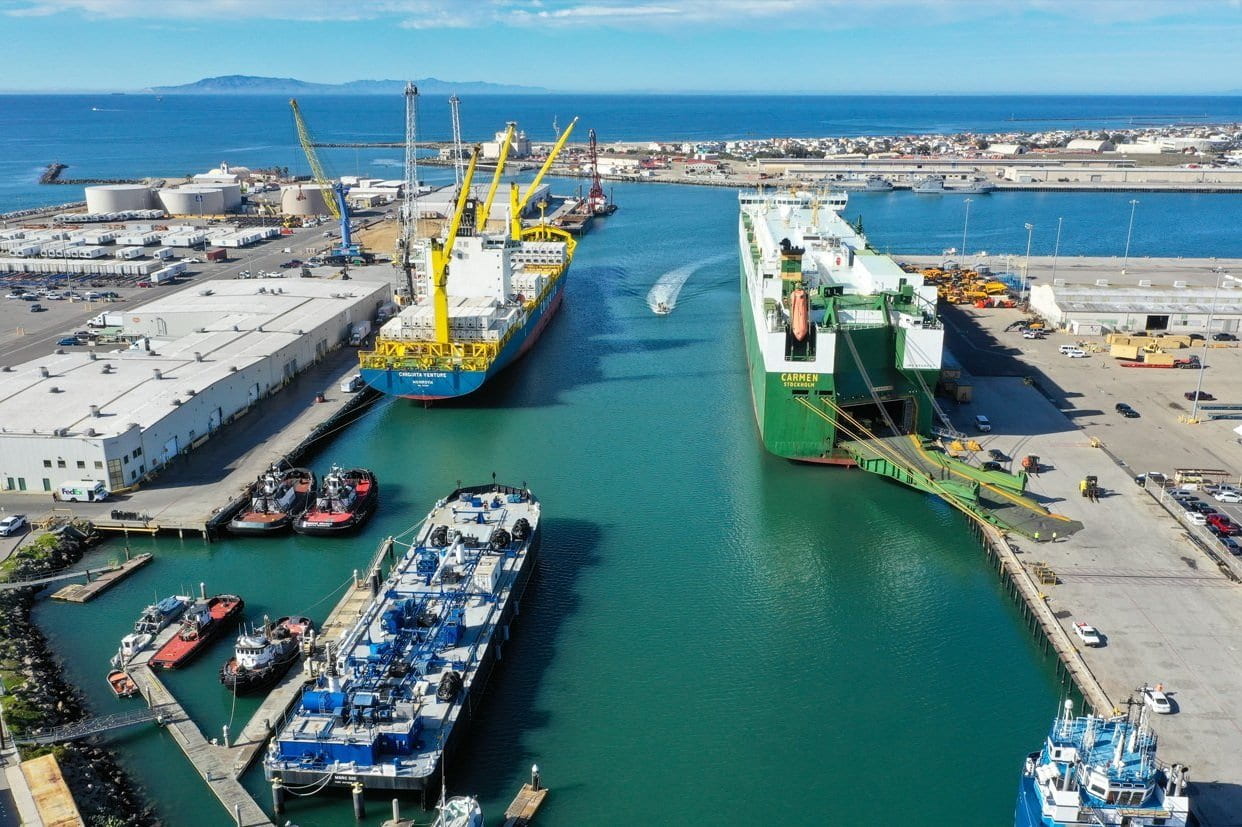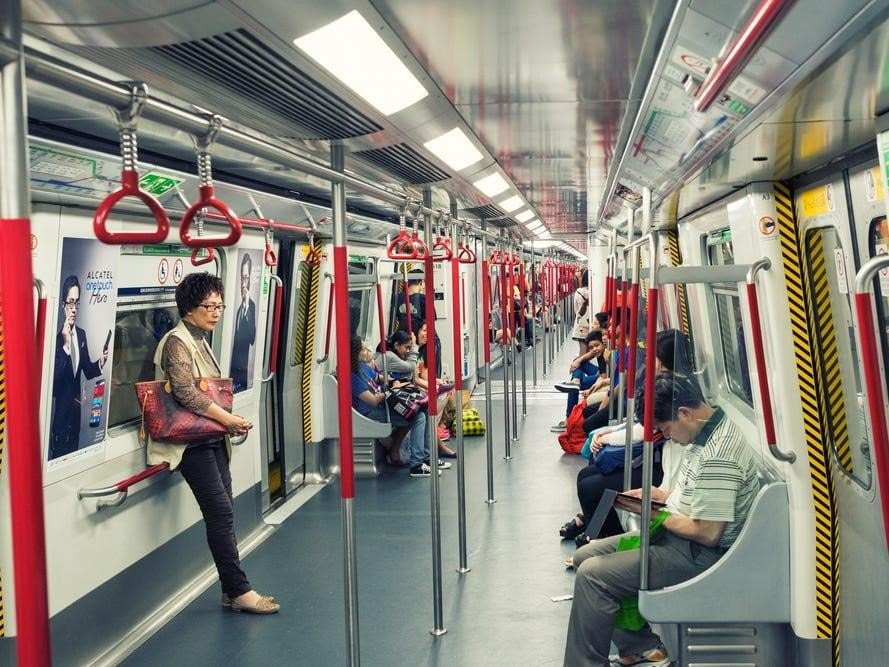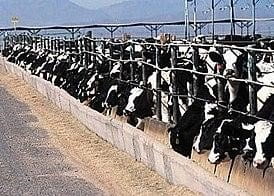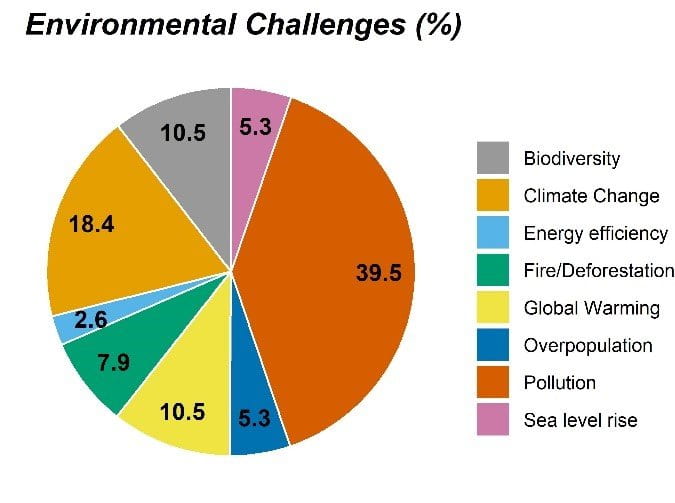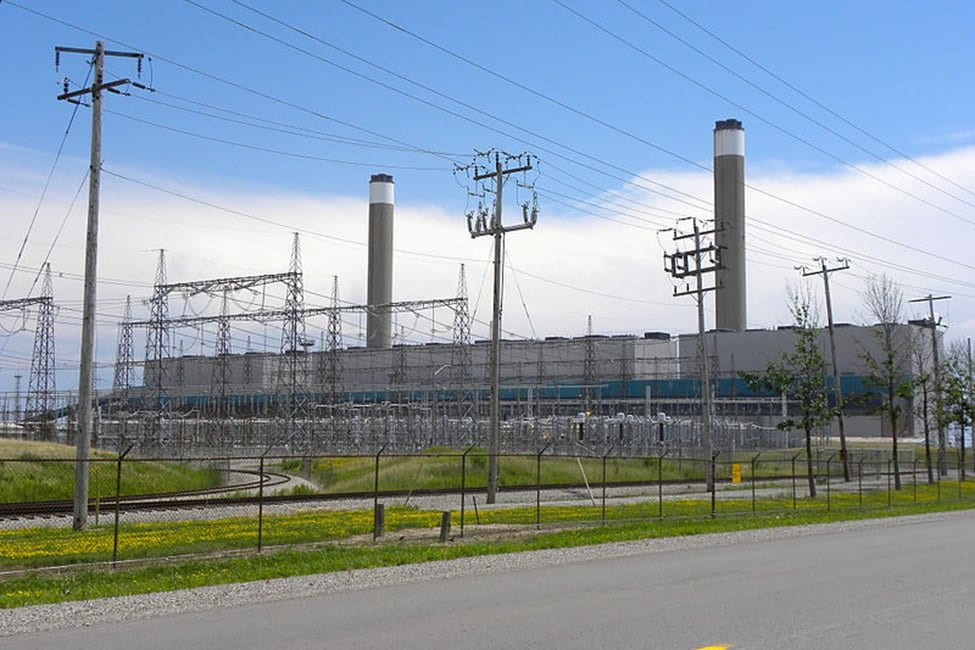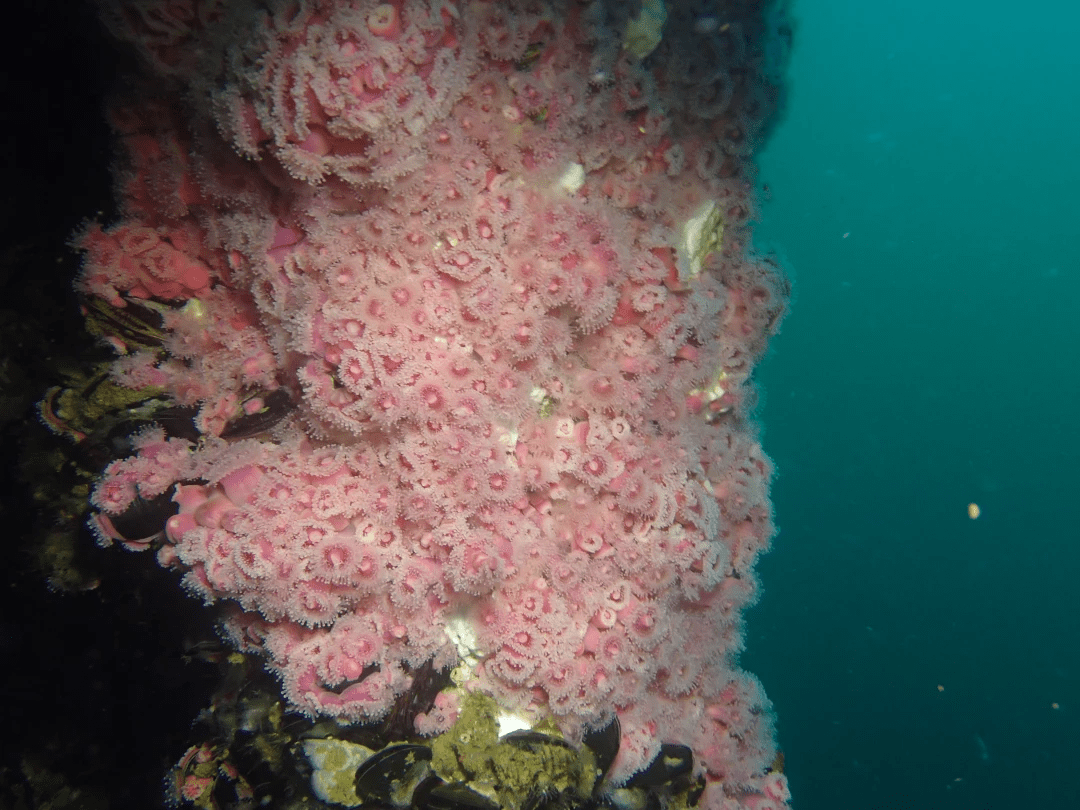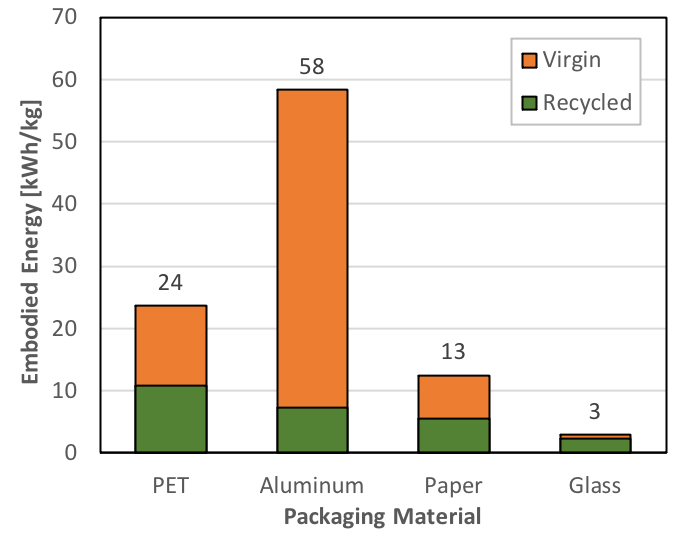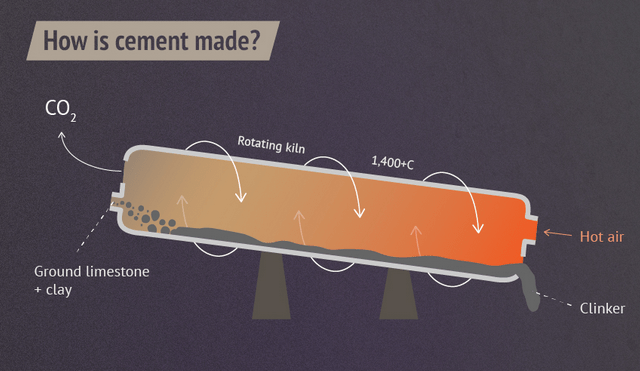Blog
Sustainability at California Ports Creates Tensions between Corporations and the Communities
Less than a decade ago, each morning, residents living near the Port of Hueneme would wake up with their cars covered in what appeared to be snow. On the coast of Southern California, however, it wasn’t snow falling on these communities, but the soot and particulate matter released from cargo ships docked at the nearby port. Large ships are the backbone of our global economy but they remain a primary cause of smog pollutants across the globe. Since 2007, California has been leading the way in pushing shipping companies toward greening not just our coastal cities, but global shipping as a whole
What Los Angeles public transit can learn from Hong Kong
During my younger years living in Hong Kong, I relied heavily on the highly developed and intricate public transit network for getting around the city. With more than 90% of the daily journeys taken on public transport, the majority of the population relies heavily on the transit system. In contrast to Hong Kong, only 15% of Los Angeles residents walk, bike, or use public transit to get to work [1]. However, since personal vehicles have contributed to a significant proportion of carbon emissions, it is important to have a highly efficient public transit system to reduce our reliance on cars and work towards a truly sustainable city.
Plant-based diets and electrification can combat world hunger and bolster national security
The world’s food supply chains are in crisis due to the impacts of war and climate change. Many countries rely on grain imports from Ukraine and Russia, and the ongoing war there has severely impacted their ability to receive these imports.
What do the 2000’s college students think about future environmental challenges and sustainable lifestyle?
In 2020, I graded 200+ homework from sophomores’ students where they freely discussed environmental issues – everyone would get full point despite the response. Just because I’m curious and data-driven, I plotted a graph with their response to understand what the new generation has in mind.
A Non-Proliferation Treaty for Fossil Fuels?
In order to stabilize the global climate, it is necessary for the global economy to reach net zero emissions. We must phase out polluting technologies, which emit carbon dioxide. These include coal power plants, gasoline cars, and diesel trucks. Due to the global nature of the problem, it is necessary to phase out these technologies everywhere. For that reason, there are several international agreements and coalitions which aim to accelerate the phaseout of these technologies.
Re-purposing Oil and Gas Platforms off the Coast of California into Multi-purpose Environmental Systems
There are currently 27 oil and gas platforms off the coast of California. These platforms are expected to last between 35 to 45 years, after which they must be decommissioned. In many parts of the world, these platforms are transformed into artificial reefs which serve as a hub for marine life. In California, however, the law requires that the oil company completely remove the platform from the ocean which may have drastic financial and environmental impacts.
Choosing Sustainably Packaging at the Grocery – An Embodied Energy Approach
With growing consumer awareness to the environmental dangers of single-use packaging, there is a widening variety of product packaging making it onto the shelves. And with more products claiming to be sustainably packaged, how are we as consumers to tell which claims are true and which sustainable products are all hype? One way is to use a helpful metric from the world of sustainable life cycle analysis – embodied energy.
How Recycling Calcium can Transform the Cement Industry
Cement, the glue that holds our buildings together and the cornerstone of human settlements has a gas problem. As a rule of thumb, one ton of CO2 is emitted per ton of cement produced, contributing to 8% of global CO2 emissions [1]. In other words, if cement production was a country, it would be the third largest greenhouse gas (GHG) emitter in the world, right after China and the U.S [2]. But decarbonizing cement production is not simple.
Local Production Process of Parmesan Cheese and its Impact on Greenhouse Gas Emissions
Cheese is one of the oldest foods on earth dating back to 8,000 BC. From all the different types of cheese, the Italian cheese called “Parmigiano Reggiano” – also known as parmesan cheese – is one of the most popular cheeses in the world. The production of Parmigiano Reggiano started in the 12th century in Italy in the cities of Parma and Reggio Emilia – hence its name –, and nearly 15% of all the milk produced in Italy is utilized to produce Parmigiano Reggiano [1]. Parmigiano Reggiano is produced with milk from Vacche Rosse (red cows) that are located in the Parma region, but the cheese is exported and known worldwide due to its sharp flavor and granular texture that comes as a result of the long aging of the cheese and the high-quality products used in the process.

